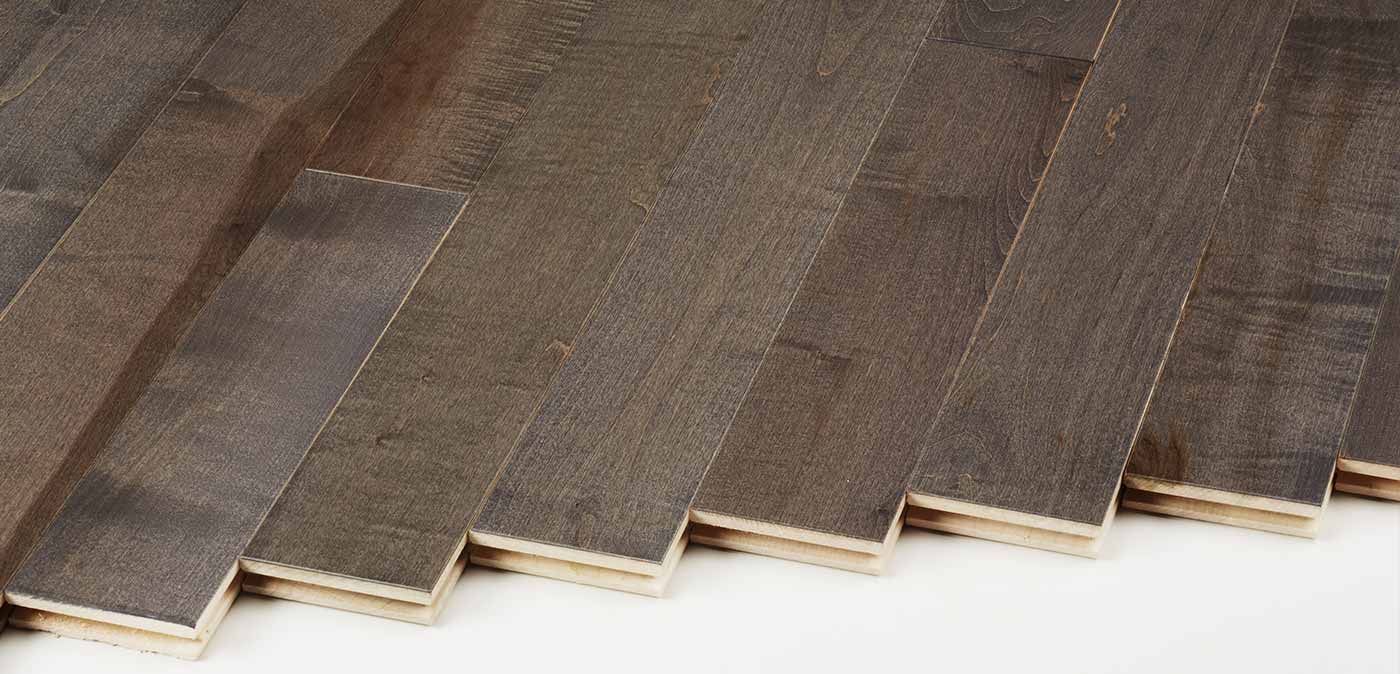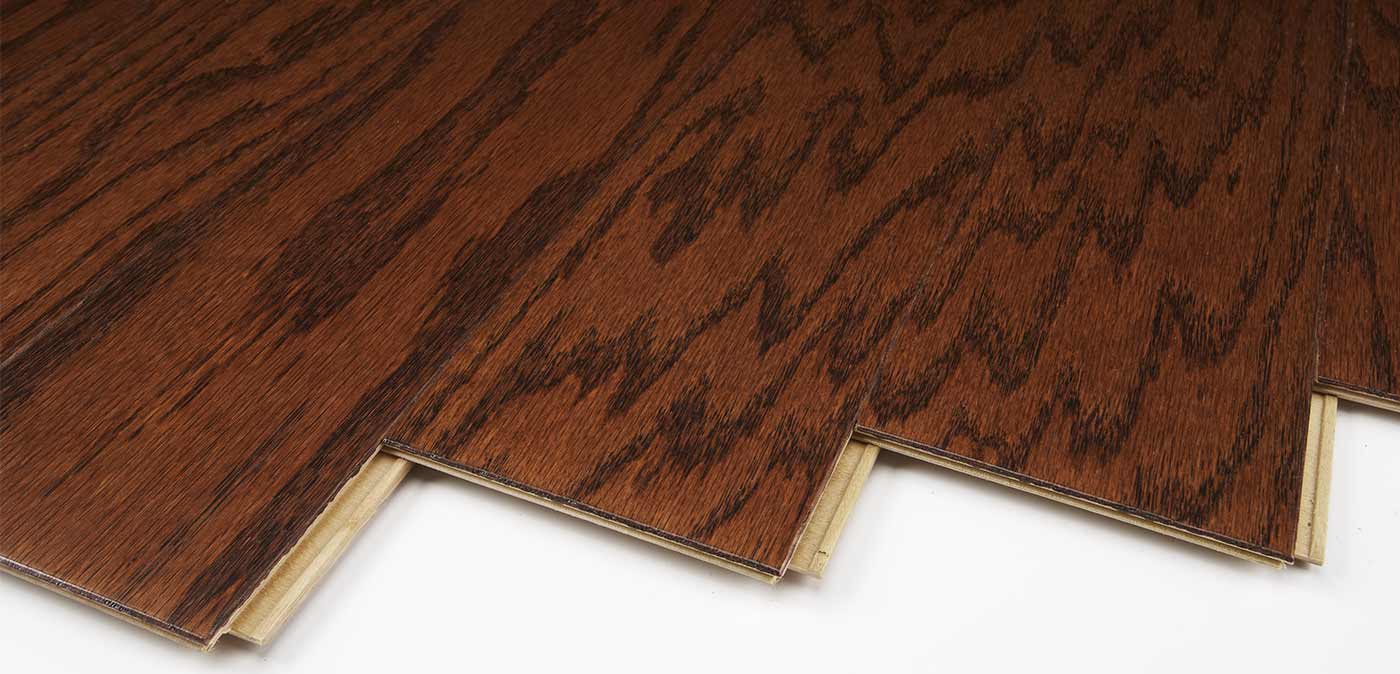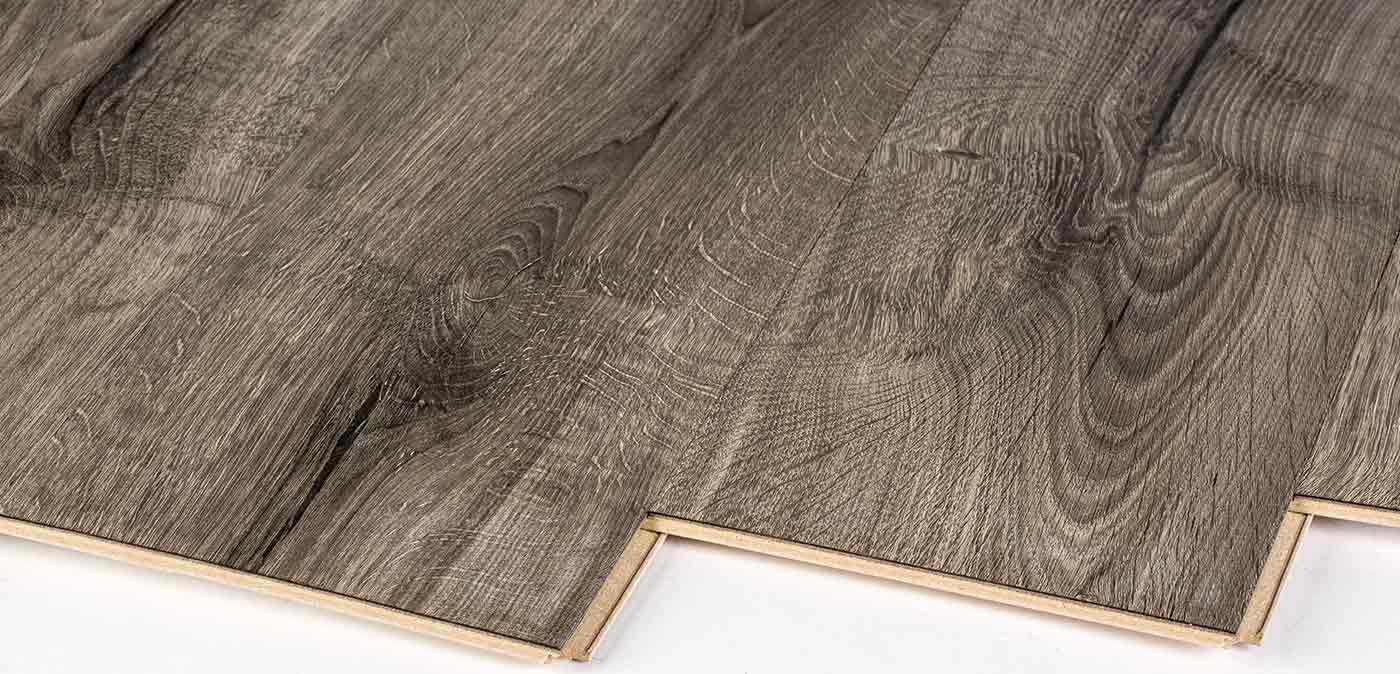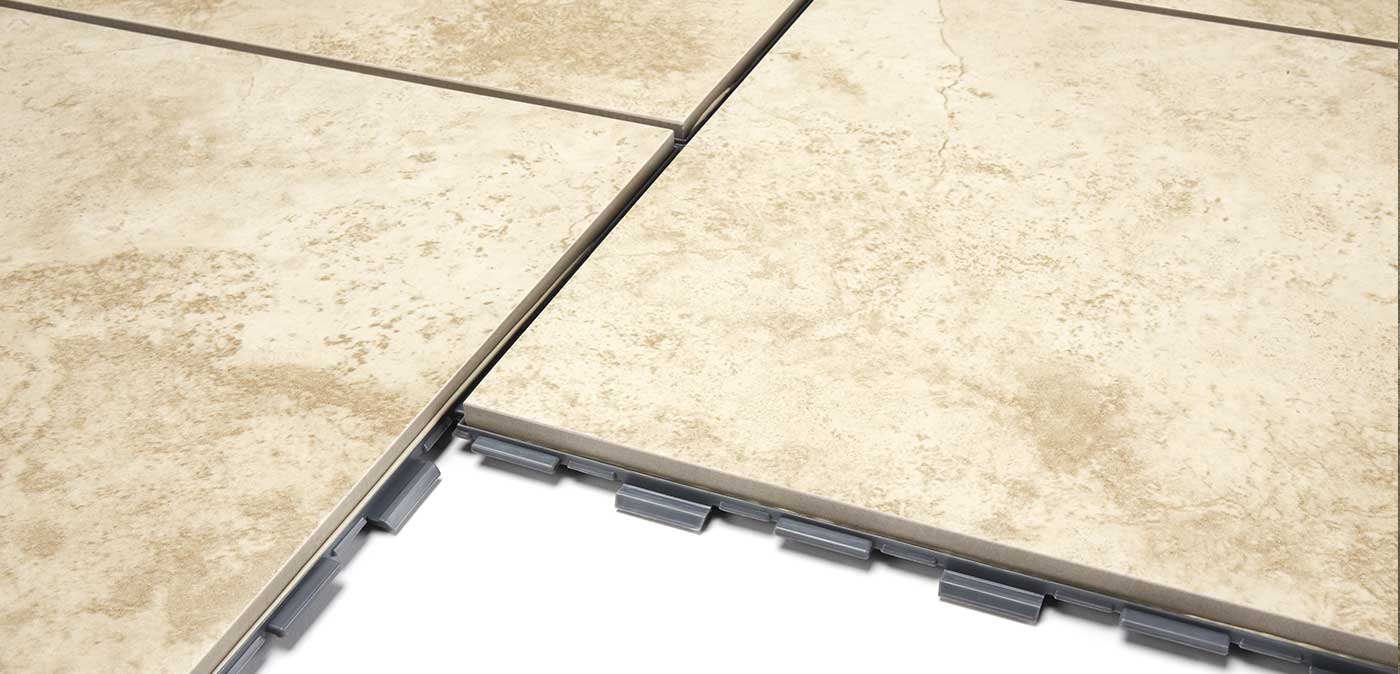“Fall is right around the corner, so it’s time to start taking care of a few things around the house. Check out these great tips for preparing for the colder weather to come.
Denise Buck & Ed Johnson – DC Metro Realty Team
“Fall is right around the corner, so it’s time to start taking care of a few things around the house. Check out these great tips for preparing for the colder weather to come.
Denise Buck & Ed Johnson – DC Metro Realty Team
“We are constantly asked about what type of floors homeowners should put in their homes. The answer varies with where the floors are going, how they will be used and what your budget is. This article from Consumer Reports, might just help you make a decision in the future.”
Denise Buck & Ed Johnson – DC Metro Realty Team
Flooring takes up a lot of real estate in any room, and given its visual impact, you’ll want to make sure it lasts more than a few years. But when you consider all the flooring options on the market, it can be tough to know which material to go with.
“Is there potential for moisture or spills? How much traffic will the space have,” says Joan Muratore, a senior test engineer who evaluates flooring for Consumer Reports, “Ease of cleaning and maintenance is something else to consider.”
If you need help thinking through the functional aspects of flooring, check out our buying guide to the best types of flooring for each room. If you already have a sense of which material you’re looking for, well, you’re almost there: Take a look below at our top picks in five categories of materials, based on CR’s extensive lab testing.
We test wear resistance by subjecting a 6-by-6-inch sample of each flooring material to an abrasion machine fitted with a fine sandpaper disc, and assessing each sample for signs of visible wear after each cycle of sanding.
To test a floor’s resistance to denting, we drop a heavy, blunt weight that has the same impact as a large can of tomatoes, plus smaller, lighter, pointier objects that serve as proxies for kitchen utensils. Our testers drop the weights from progressively higher release points, examining the flooring for visible denting after each drop. The higher the drop before damage becomes evident, the better a floor’s dent-resistance rating.
We evaluate potential for fading by exposing part of a sample of flooring to UV rays for two weeks straight, then comparing the exposed portion to an unexposed portion. This gives us information on what can happen to a section of flooring that gets more sunlight than the rest of a room over time.
Powering It, Fixing It, Protecting It
That depends on whether the material can be installed as a floating floor, or whether it should be nailed or glued into place.
With a floating floor, the pieces click together to create one large puzzle that can be installed right over an existing floor; its own weight will keep it from shifting, and the walls hold it in place. It has the advantage of being relatively easy to remove, which comes in handy if you make a mistake while you’re laying the floor or if you want to change it out for something different in the years to come. (We indicate which flooring can float in our extensive ratings.)
This approach doesn’t work with solid wood and porcelain tile—both of which get attached directly to a subfloor. (Wood is either nailed or glued, and tile is set in a bed of mortar.)
Below are CR’s top-scoring options for engineered wood, laminate, linoleum, prefinished solid wood, porcelain tile, and vinyl flooring, plus a runner-up in each category.
For a full picture of what’s available in the five categories below, check our ratings of more than 70 flooring products.
This flooring consists of factory-finished planks and is available in a variety of wood species. It can survive more scuffs than unfinished hardwood but designwise still add lots of warmth and character. As a whole, this category doesn’t do well when it comes to dent resistence—many in our ratings earn a Poor.

Best: Lumber Liquidators Builder’s Pride Select Pewter Gray Maple 10040807
Price per square foot: $4.20
CR’s take: For several years, this Lumber Liquidators option has won the top spot in our ratings of prefinished solid wood flooring. It earns a rating of Excellent for resisting foot traffic and scratches, and it costs less than other top models. This flooring can be nailed or glued into place, depending on the subfloor material.
Runner-up: Armstrong Paragon Original Ember SAKP59L401
Price per square foot: $7
CR’s take: This is the only other model in this category that receives an Excellent rating for ability to resist wear from foot traffic. This flooring also does well in retaining its color when exposed to ultraviolet rays; it won’t fade as much as others might in sunny rooms. As for installation, it needs to be nailed down to a plywood subfloor.
Made from several layers of plywood bound together by adhesives and topped with a layer of solid wood, this floor type simulates the look and feel of hardwood, but has one important advantage: The plywood substrate makes each plank less susceptible to seasonal shrinking and swelling than solid wood, which minimizes gaps between boards that can appear in dry conditions. (We have no runner-up in this category because none of the other products tested well enough for CR to recommend.)

Best: Harris Wood Traditions SpringLoc Red Oak Bridle HE2505OK48
Price per square foot: $5.50
CR’s take: This engineered wood flooring can withstand the sun’s rays with the best of them, earning a rating of Excellent in our UV-resistance test. When challenged by foot traffic and denting, though, it earns a rating of only Fair, so it wouldn’t be a prudent choice for a high-traffic zone.
A less expensive option, laminate flooring simulates wood with a photographic image of wood sealed on top of dense fiberboard. Laminate comes in a variety of wood patterns, from oak to maple to pine. It’s usually easy to install because most products allow you to float the material over another flooring surface. That makes it ideal for quick upgrades.

Best: Pergo Outlast+ Vintage Pewter Oak LF000848 (Home Depot)
Price per square foot: $3
CR’s take: Resistant to stains, scratches, and foot traffic, Pergo’s Outlast+ Vintage Pewter Oak earns impressive scores across all our tests. It has a lifetime warranty that promises the laminate surface will not wear through and that the floor won’t fade from exposure to sun or electrical lighting.
Runner-up: Home Legend Textured Oak Angona HL 1224 (Home Depot)
Price per square foot: $2.80
CR’s take: This flooring earns a rating of Excellent for its resistance to foot traffic and scratches in our tests, and holds up to prolonged UV exposure. It doesn’t stand up to dents very well, so it might not be best for kitchens, where there’s a chance you might drop a pot or pan.
Usually made of flexible PVC, vinyl flooring comes in squares or planks that can made into floating flooring or glued into place, or sheets that need to be glued down (by a pro). Vinyl flooring comes in hundreds of looks—woodlike, stonelike, and woven appearances, to name just a few.

Best: Armstrong Vivero D10 Homespun Harmony Rugged Brown U1042
Price per square foot: $4
CR’s take: This vinyl option, which comes in planks, performs well in all our tests. It resists foot traffic, scratches, stains, and dents. There really isn’t a negative to note. It’s also easy to install, allowing you the option of floating it over an existing floor or affixing it with adhesive.
Runner-up: Congoleum DuraCeramic Sierra Slate SI74 Golden Greige
Price per square foot: $5
CR’s take: For those interested in a vinyl floor with the look and feel of stone, the Congoleum DuraCeramic Sierra Slate SI74 Golden Greige is a good choice. It earns a rating of Excellent in our foot traffic and scratches tests. It doesn’t achieve the same high marks for dent resistance, so it might not be right for certain spaces.
A type of ceramic tile, porcelain tile can look like marble, stone, hardwood, or handmade tile. It easily resists foot traffic, scratches and stains, but porcelain can dent, crack or chip if hit by a heavy object. Be warned if you’re considering porcelain tile for your kitchen: It’s hard on your feet when you’re doing a lot of cooking, though you could consider using a cushioned mat to provide a bit of relief.

Best: Lumber Liquidators Avella Brazilian Cherry 10043950
Price per square foot: $3
CR’s take: With high marks across the board, this porcelain tile has the look of Brazilian hardwood without the high cost—which means you could have a wood-look floor in a bathroom or kitchen without worrying about moisture. Like most porcelain tile, this needs to be installed by a tile setter in a bed of mortar.
Runner-up: SnapStone Beige 11-001-02-01
Price per square foot: $8
CR’s take: Although most porcelain flooring calls for a subfloor (and pro installation), this runner-up from SnapStone happens to be DIY. You install it by joining each tile to the next with plastic tabs, then securing tiles with a proprietary flexible grout from the manufacturer. It earns a rating of Excellent for resistance to foot traffic and scratches, and doesn’t show much fading in CR’s UV tests.
“Ever struggled to get a picture actually hung on a nail? Well, here’s a much easier way to do it.”
Denise Buck & Ed Johnson – DC Metro Realty Team
Who among us hasn’t gotten totally fed up while hanging pictures on the wall? One of the most aggravating experiences in home decorating is when we’re hammering a nail into the wall only to have that nail push all the way in when we try to hook a photo or piece of artwork onto it. And don’t even get us started on trying to get the picture exactly straight: We need a small army of onlookers saying, “A little to the left!”
All in all, the whole process of hanging pictures can be utterly frustrating, leading many of us to either call in a professional or give up on the mission entirely. But the good news is that it doesn’t have to be this way, thanks to a fabulously simple picture-hanging trick making the rounds on the internet. The best part? This home-decorating hack uses a basic item that every single one of us has in our kitchen: a fork.
Here’s how it works: After you put the nail in the exact spot where you need your picture to go, all you need to do is stick the fork upside down, nestle the prongs on top of the nail, prop the picture onto the nail, and then gently pull the fork out of its place. It’s hard to believe, but people are using this trick to hang their pictures in a matter of seconds — and the final result is pretty darn impressive. Watch the magic home decor hack in the 10-second video below to see how the magic works:
Although we’ve heard quite a few great home decorating tips over the years, we have to say that we’re especially impressed with this one. As it turns out, the simple curve of the fork works so well for this annoying household task, taking care of the hardest part. Who knew that the secret to fabulous picture-hanging was hiding in our kitchen drawers all this time? Just think of how many great pictures we’ll be able to decorate our walls with now.
“So you’ve thought about sprucing up your home, but you don’t want to spend a ton of money, and you would like it to be a DIY project. Well, look no further…”
Denise Buck & Ed Johnson – DC Metro Realty Team
Just another weekend? Not if you take advantage with one or more of these 5 great projects you can easily pull off for under $300. Read
Visit houselogic.com for more articles like this.
Copyright 2018 NATIONAL ASSOCIATION OF REALTORS®
“OMG…If only we had been following these tips in the past. Please take a look at how to do this and avoid a clog with water everywhere.”
Denise Buck & Ed Johnson – DC Metro Realty Team
Taking the time to clean your air conditioner’s drain line (or the condensate line) can have a great positive effect on how efficiently your system runs. Here’s how to quickly and safely prevent problems with your unit.

If you’ve ever taken a good look at your air conditioning unit, you may have noticed a small dripping line on the outside. This is the condensate drain, which plays an important role in removing condensation produced by your air conditioner’s evaporator coil. If the line isn’t properly cleaned, algae and mold can grow inside and clog the drain, causing elevated humidity, musty odors and water damage inside your home.
Unfortunately, this part of the system is often overlooked during regular A/C maintenance. Even HVAC technicians may forget to clean the drain during a regular service call, which means that it’s up to you to check and clean the condensate pan and drain line before a problem develops. Cleaning the line will remove clogs and blockages and prevent algae and mold from growing.
You will need these items to clean your A/C condensate drain:
1. Turn off the power to your HVAC system at the thermostat and at the breaker.
2. If you have an indoor air handler in your attic or utility closet, you’ll need to find the condensate pan. This is usually located directly under the unit. It may also be covered by a removable access panel.
3. If you see standing water in the drain pan, your drain line is probably clogged. Use a handheld or shop vacuum to remove the moisture. You can also use rags to soak up the water. At this point, you can clean the drain pan with soap.
4. Generally, clogged drains can be cleared with suction. If you have a shop vacuum, use it to pull the clog through the drain opening, which is located outside your house near the foundation. Place your hand around the pipe to improve suction and allow the vacuum to run for a minute. Then, check the vacuum canister to see if the clog was successfully removed.
5. Next, you’ll need to identify the access point on the drain line. Usually, the drain will have a T-shaped vent with a PVC cover. Remove the cover and inspect the drain. Use this port to flush the drain with distilled vinegar. If you don’t like the odor, you can use peroxide to gently bubble away the remaining debris. Alternately, you can use hot water and a drop of dish liquid.
6. Allow the solution to sit for 30 minutes. Complete the cleaning by flushing the pipe with water. Have a helper watch the pipe outside and tell you if the water is running freely.
If you don’t have a shop vacuum, you can use a piece of surgical tubing to free the blockage. Know that this method doesn’t work well if your drain line has sharp turns that are prone to clogs. If your system doesn’t have an access vent, use the opening on the edge of the drain pan. This fitting can be removed to improve access.
Underlying problems with the system can also be responsible for compromised water flow. If the pan and drain line aren’t slightly tilted, water can build up in the back of the pan and will eventually overflow. Many newer systems are equipped with overflow sensors installed within the pipe.
If you’re unable to clean your air conditioner’s drain line, call a local professional. They can clean the line and install an access vent, if necessary. Check the drain line periodically throughout the cooling season to ensure that condensation is being removed properly.
Routine maintenance steps like checking your drain line can help keep your air conditioner running more efficiently. If you find that your system is in need of repair, remember that an American Home Shield Home Warranty could help protect your budget from costs associated with getting your unit back on track.
“Now that you’ve finished your Spring Cleaning you’re realizing there are some scuffs and scratches on your hardwood floors. What’s the best way to take care of them?”
Denise Buck & Ed Johnson – DC Metro Realty Team
Get your crayons out for the coolest solution of all. Read
Visit houselogic.com for more articles like this.
Copyright 2018 NATIONAL ASSOCIATION OF REALTORS®
“Painting can make a huge impact on a room, but did you realize that the Sheen you pick can as well? See what Consumer Reports has to say.”
Denise Buck & Ed Johnson – DC Metro Realty Team
There’s a lot more to choosing an interior paint than picking a color. You have to consider the hues of the furniture and flooring, and the amount of light a room gets makes a difference, too. Picking a paint that’s too shiny can reflect too much light, and one that’s too flat might appear dull.
It’s the paint sheen, or finish, that affects how the color appears. And that depends on whether it absorbs light or reflects it. In addition, for paint to hold up well over time, it has to be durable enough for the surface and the situation.
Here is Consumer Reports’ guide to paint sheens from the least to most shiny, and a breakdown of which ones work best in particular parts of the house.
Flat paint has a nonreflective finish and matte is low luster. A paint brand usually offers one or the other. Both help hide imperfections on the surface. “But these finishes are the least resistant to stains,” says Rico de Paz, the engineer who oversees CR’s tests of paints and stains. “And although many did well in our mildew-resistance tests, the other finishes generally performed better.”
Best uses: Ceilings, living rooms, bedrooms, and anyplace with little wear and tear or where messy splatters are uncommon.
For a softer look, choose eggshell. “Satin is slightly shinier, and both are easier to clean than flat or matte paint,” says de Paz. You’ll find that some paint lines offer both eggshell and satin. These sheens tend to accentuate surface imperfections, so take time prepping, getting the walls as smooth as possible. Scrape away cracked or peeling paint with a metal putty knife. And use it to remove bumps, dried-on paint, and the raised edges around nail holes.
Best uses: Eggshell can be used in the family room, living room, bedrooms, and hallways. Satin works well in those rooms, too—anywhere, really—and in the kitchen, dining area, children’s bedrooms, bathrooms, and hallways. Many satin finishes are tough and can be used on both walls and trim.
The easy-clean satin finish is ideal for places where there’s lots of activity, such as family rooms, entries, and hallways.
“The most lustrous of this group, semigloss paints typically resist stains better than the other finishes and are easy to clean,” says de Paz. Very smooth surfaces are a must.
Best uses: Trim, windows, and doors. For walls that are in great condition, consider semigloss for a kid’s room, the kitchen, and bathrooms if you don’t mind the shine.
Our Paint Buying Guide is a good primer, and see our interior paint ratings of 21 lines. Prices range from $17 to $70 per gallon—and paying more doesn’t necessarily get you a better paint. Because years of testing showed us that a paint line’s various finishes perform similarly overall, we’ve combined the scores into one to make it easier for you to shop.
“Now is the time to start getting your flower beds ready and putting down Mulch. But do you know how to Mulch correctly?”
Denise Buck & Ed Johnson – DC Metro Realty Team
Anyone can learn how to mulch and prolong the life of their landscaping. Here’s how. Read
Visit houselogic.com for more articles like this.
Copyright 2018 NATIONAL ASSOCIATION OF REALTORS®
“Have you considered container gardening? We love it for both our front porch and our deck. Things look great and we can move it around as we see fit each year. Give it a try!”
Denise Buck & Ed Johnson – DC Metro Realty Team
‘As kids change so do their storage needs. Check out a number of different ways to handle those changes”
Denise Buck & Ed Johnson – Dc Metro Realty Team
From babies who adore you to teens who ignore you, kids change — and so do their storage needs. Read
Visit houselogic.com for more articles like this.
Copyright 2018 NATIONAL ASSOCIATION OF REALTORS®